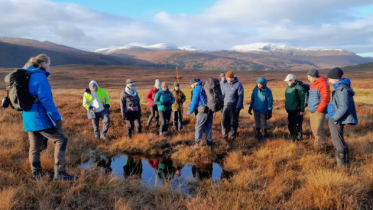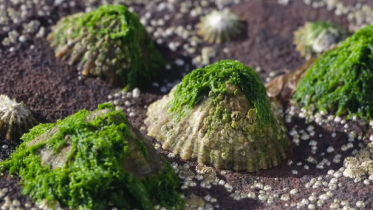
Deer impacts
As Scotland’s largest undomesticated grazers, wild deer play an important role in our landscape. At an appropriate density, they help to maintain natural habitats in good condition and can have positive impacts. However, too many deer can result in too much grazing, browsing and trampling, and these negative impacts can lead to damage.
Assessing impacts
To assess whether deer need to be controlled in a certain area, we will consider whether the negative impacts deer are having amount to damage.
To do this, the range of impacts is measured and evaluated against the importance of whatever is being affected.
Assessing damage involves making evidence-based judgments on whether the impacts of the deer are causing an adverse change.
NatureScot is more likely to consider damage serious when the impact or impacts adversely affect a feature of national or international importance.
Damage to the natural heritage
Damage arises in situations where either:
- natural or semi-natural habitats are unable to regenerate to sustain their ground cover and their diversity of plant species
- local populations of important species (animal or plant) are declining
- important Earth-science features are being eroded
Assessing the extent of damage
To decide whether impacts amount to damage or serious damage, we consider:
- the nature and extent of the impact(s) of deer and other herbivores on the land
- the value given to features of national or international importance by owners, legislation, government policy and the wider interests of society




